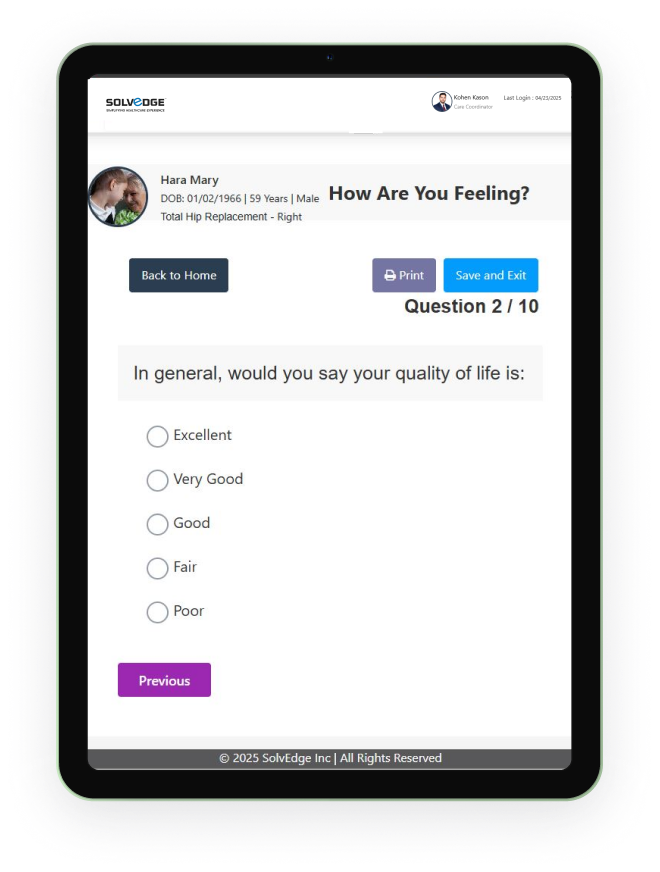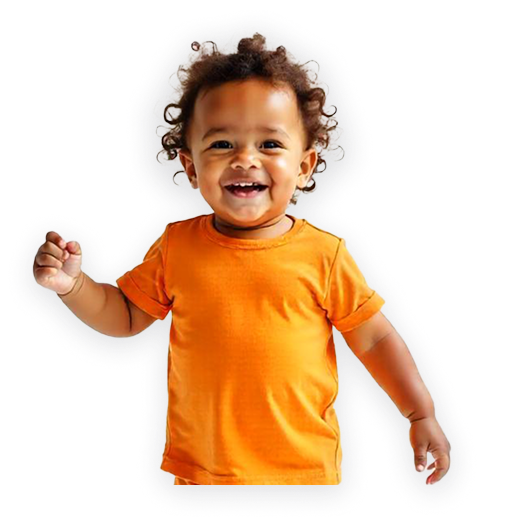Personalized Progress Starts with Insight
Caring for children with clubfoot and cerebral palsy requires a lens beyond imaging and clinical observation. A PROMs-driven approach captures the child’s real-world experience—pain, mobility, fatigue, and emotional wellness—enabling care teams to deliver interventions that matter most to patients and families. PROMs help move treatment from reactive to responsive, creating a care journey that’s informed, holistic, and centered around growing needs.
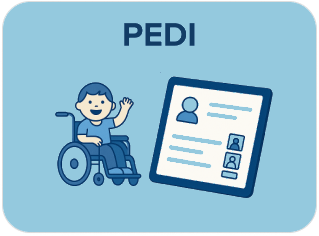
Assesses functional capabilities and performance in children with disabilities across three domains: self-care, mobility, and social function. It helps evaluate a child's level of independence and the amount of caregiver assistance required.
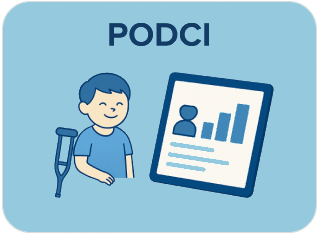
A broader measure assessing functional status, pain, emotions, and social function in children with musculoskeletal conditions, including cerebral palsy.
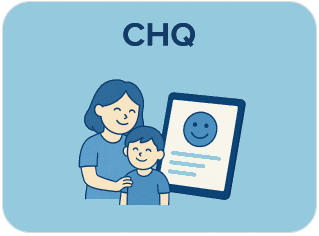
Assesses various aspects of a child's health-related quality of life from the parent's perspective.
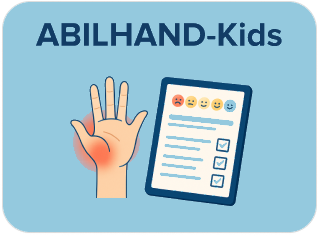
Specifically assesses the manual ability in children with upper limb impairments, often used in hemiplegic cerebral palsy.
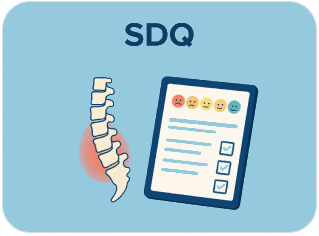
Evaluates back pain, function, self-image, and satisfaction with treatment in patients with spinal deformities, which can be associated with cerebral palsy.
Powered suported by leading international healthcare service
Pediatric-Ready Tools for Better Mobility
Medical device innovators are creating smarter tools for foot care—like sensor-enabled wearables, wound monitors, and pressure redistribution systems. Our data infrastructure and clinical alignment help these tools plug directly into real-world care environments, enabling easier validation, improved adoption, and measurable patient impact.
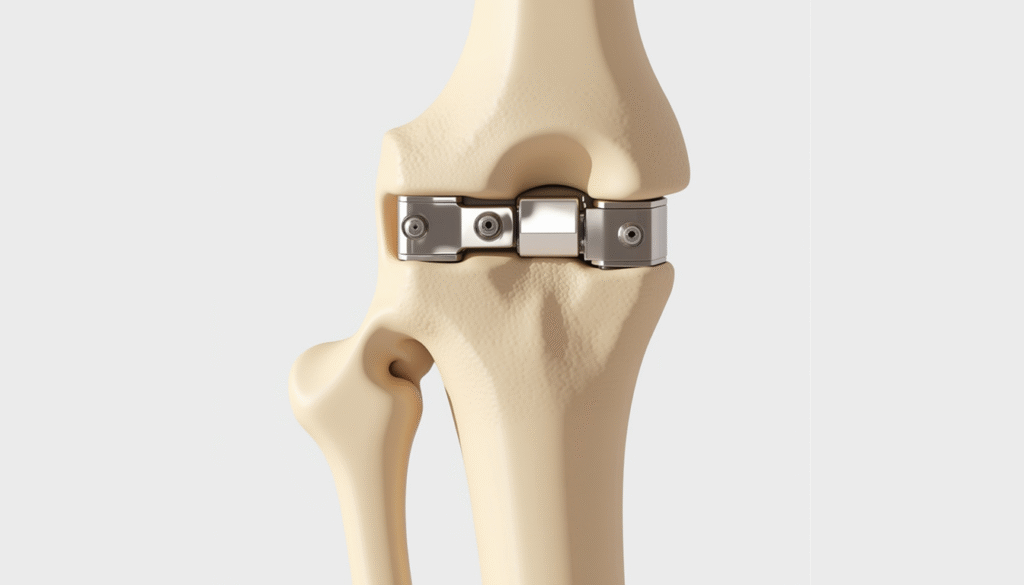
Growth-Guidance Plates
Outcome:
Correct limb deformities by guiding bone growth. Ideal for children 2–16 years during active growth phases. Plates are removed once desired correction is achieved.
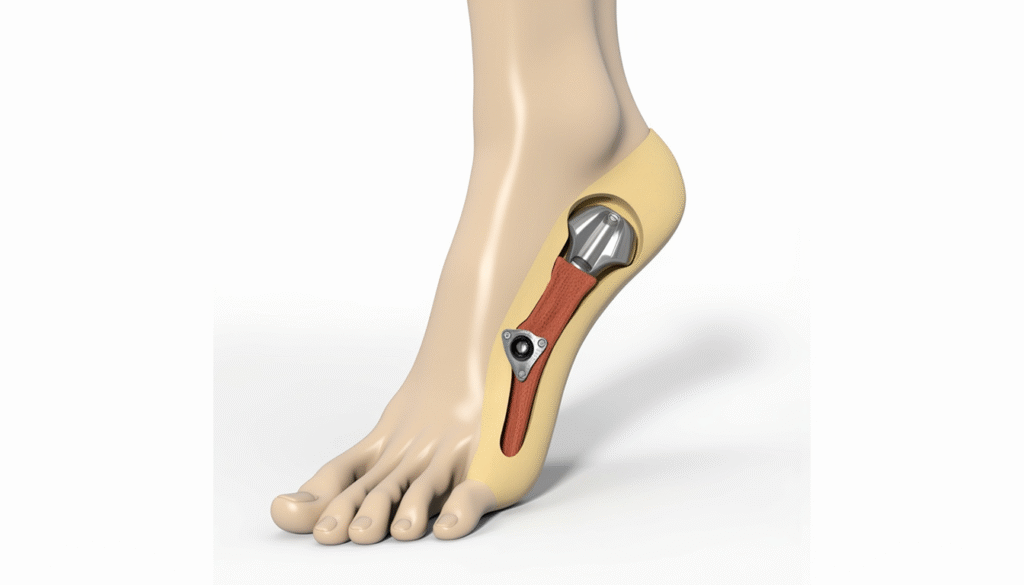
Subtalar Arthroereisis Implants
Outcome:
Stabilize flatfoot, improving alignment. Best for ages 8–18. Minimally invasive, often reversible if needed.
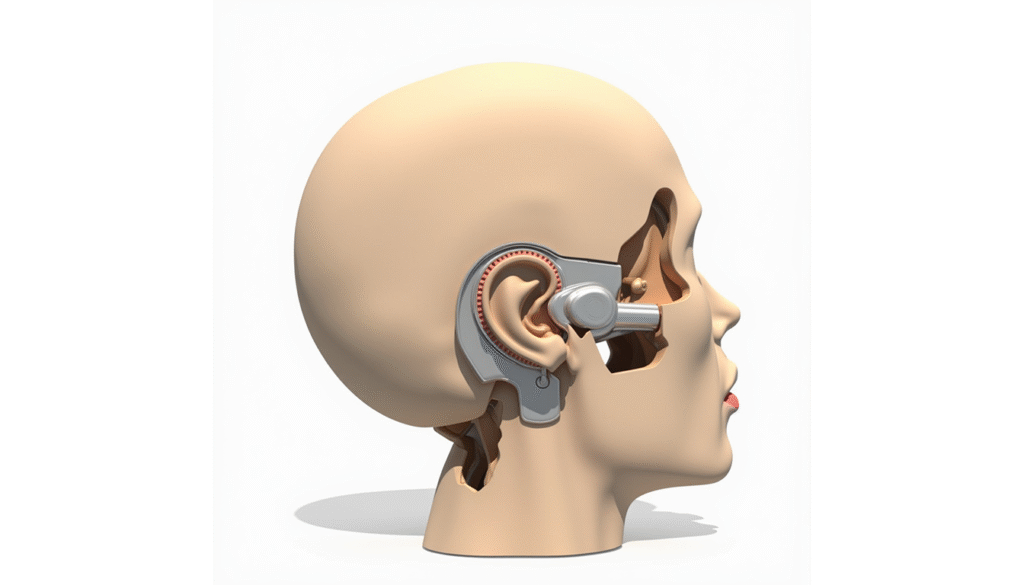
Cochlear Implants
Outcome:
Restore hearing in profound deafness. Suitable for children 12 months+ and adults. Early implantation maximizes language development.
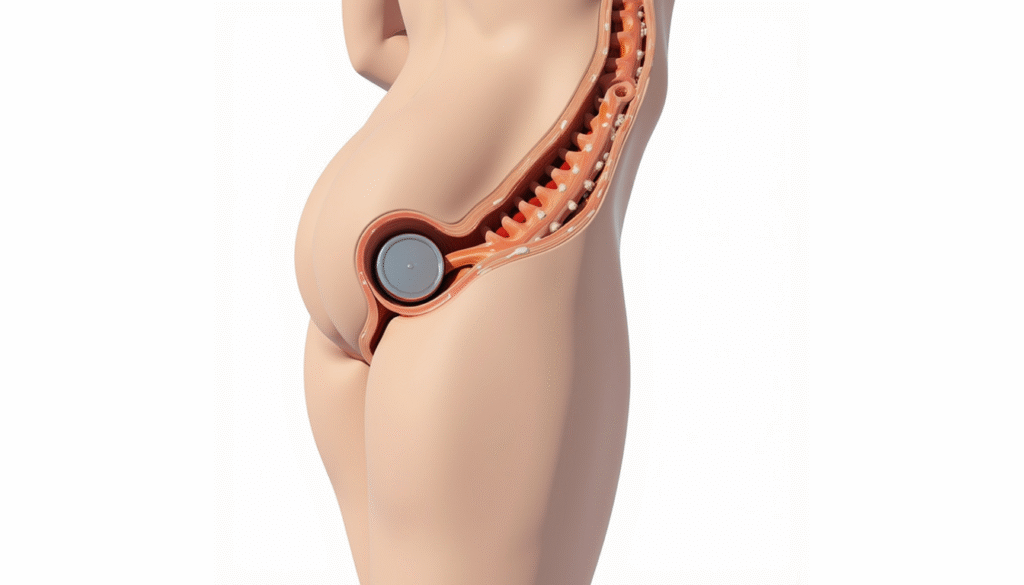
Intrathecal Baclofen Pumps
Outcome:
Reduce spasticity in neurological conditions. Ideal for ages 4+ with severe symptoms. Pump is adjustable for precise dosing.
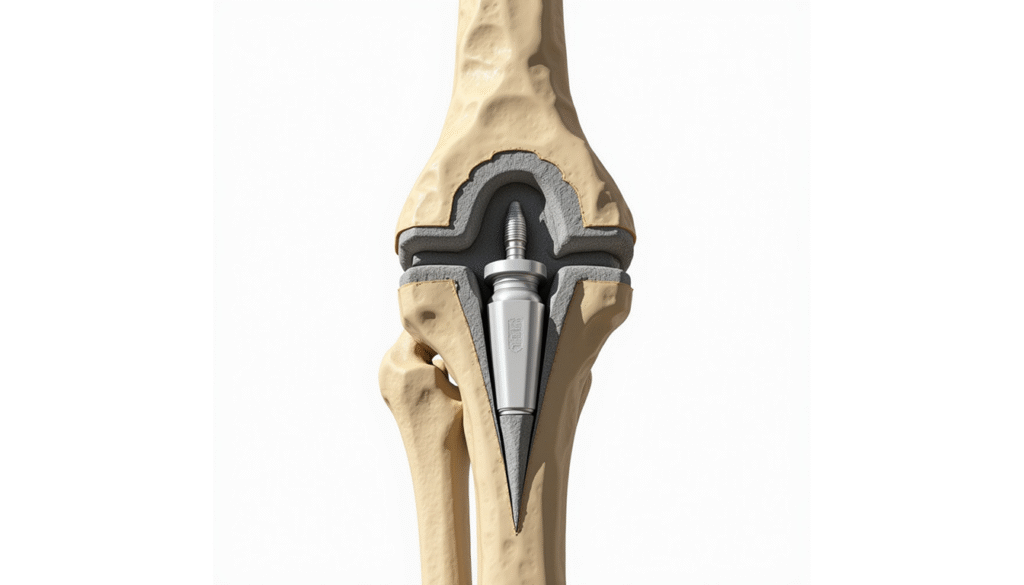
Bone Cement
Outcome:
Stabilizes fractures, secures implants. Used in adults, typically 50+ with osteoporosis. Provides immediate structural support.
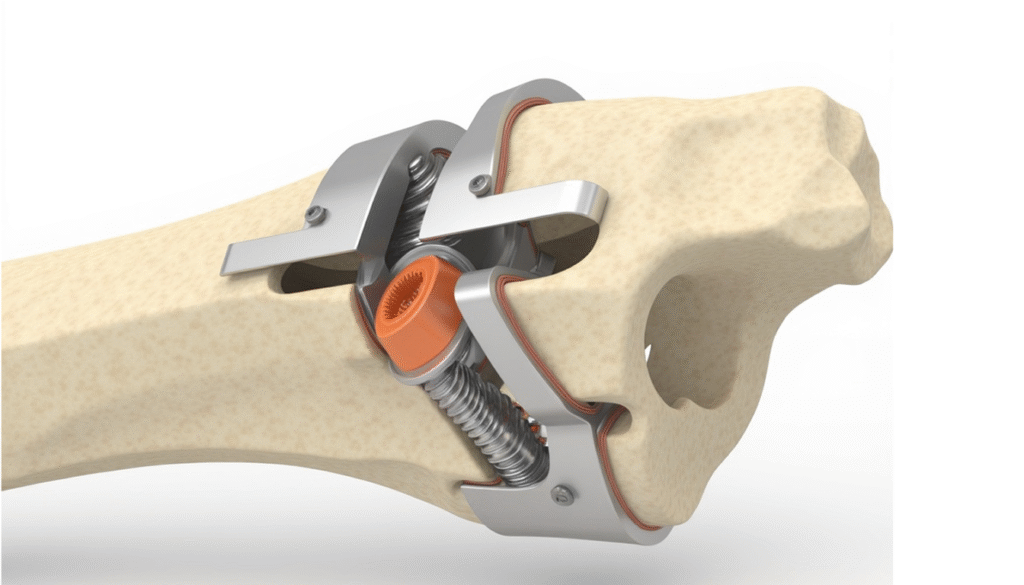
Fixation Hardware
Outcome:
Stabilizes fractures for proper healing. All ages, based on injury. Hardware may be temporary or permanent.
Data-Driven Care for Lifelong Impact
With Care Navigation and PROMs integration, orthopedic care for pediatric neuro-motor conditions like clubfoot and cerebral palsy becomes more anticipatory and personalized. Every step in the journey is aligned with patient goals and functional growth targets—transforming outcomes from short-term recovery to long-term mobility success.
Unified data
helps clinicians customize care plans based on real-time functional milestones.
Proactive PROMs
tracking leads to faster adjustments in therapy and surgical planning.
Transparent patient engagement
supports better communication with caregivers and improved adherence.
Streamlined transitions
across care teams improve continuity from rehab to school reintegration.
Feedback
from real-world outcomes helps refine the design of devices for durability and comfort.
Longitudinal insights
guide updates that improve precision and fit for various pediatric age groups.
Care-led demand
encourages advancements tailored to function, not just form.
Integrated reporting
sharpens forecasting, helping prepare for future care and mobility trends.
